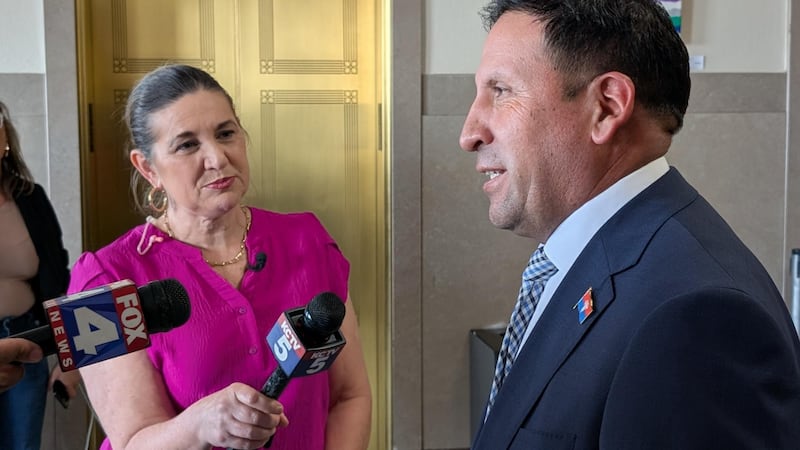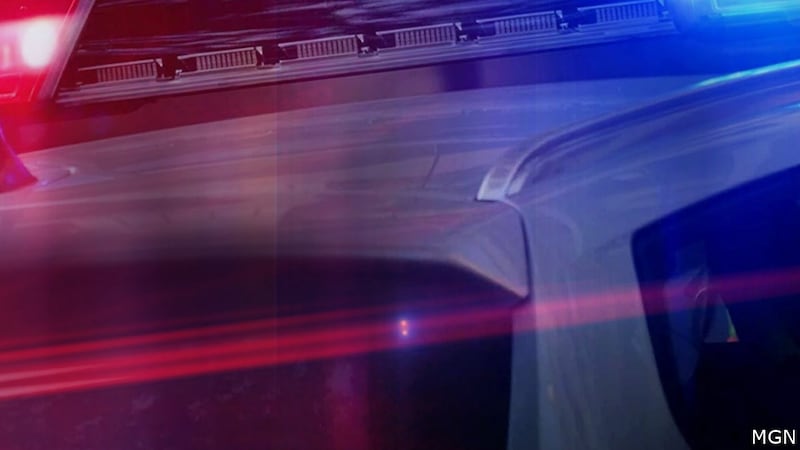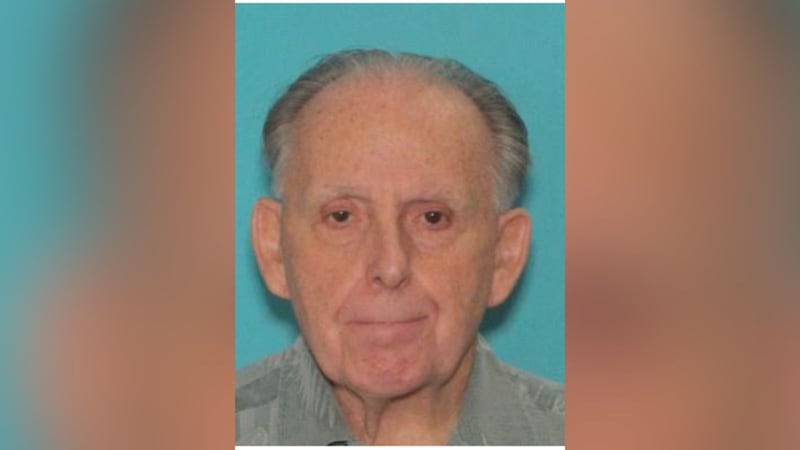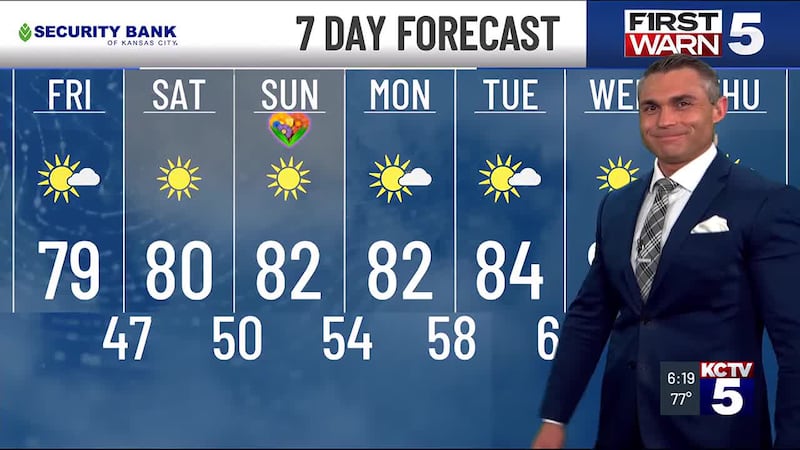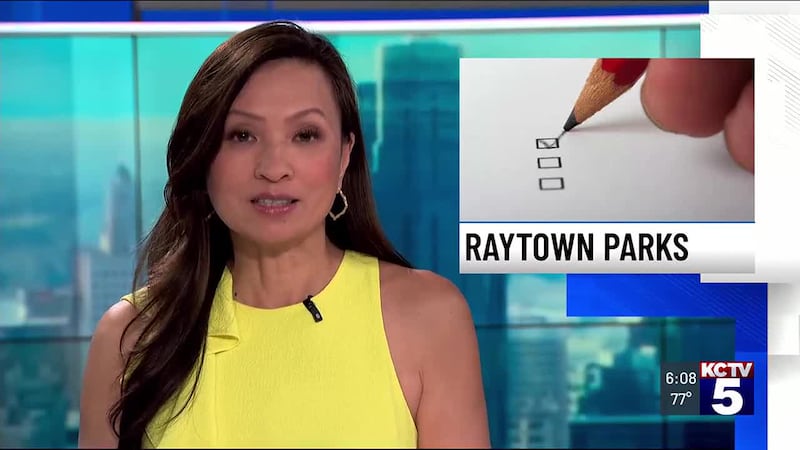Putting the brakes on fakes: How counterfeit car parts could be safety hazard for KC drivers
KANSAS CITY, Mo. (KCTV) - Everything in a car is made to work together—that’s how they’re engineered. Replace one part and it could all change, especially when that part is counterfeit.
It used to be counterfeit parts were limited to cosmetic items like hood ornaments and decals. Now, it involves safety components like airbags and even brakes.
According to the Automotive Anti-Counterfeiting Council, the fakes can run from bumper to bumper.
A2C2 Parts Diagram by KCTV5 on Scribd
Last year, a minor crash sent Jacob Lauck searching for a mechanic.
“The claims process had a preferred vendor. They had a preferred shop,” said Lauck. “I thought ‘this sounds perfect.’ I’ll take it to these guys, drop it off, get it back everything will be great.”
ALSO READ: Testing shows guardrails can’t stand up to electric vehicles
Or so he thought.
“I got the car back and the blind spot monitors were not working,” said Lauck. “When you turn your blinker on, it should flash at you saying there’s a car next to you don’t attempt to do the lane change that was not working.”
So back to the shop he went. Again, again and again.
Jacob wanted a second opinion, so he took his car to Prestige Auto in Kansas City.
“And they go ‘hey this bumper is not to OEM standards,’” said Lauck.
OEM, as in Original Equipment Manufacturer, stated the part was not made by the company that made the car. It’s also known as an aftermarket, fake or counterfeit.
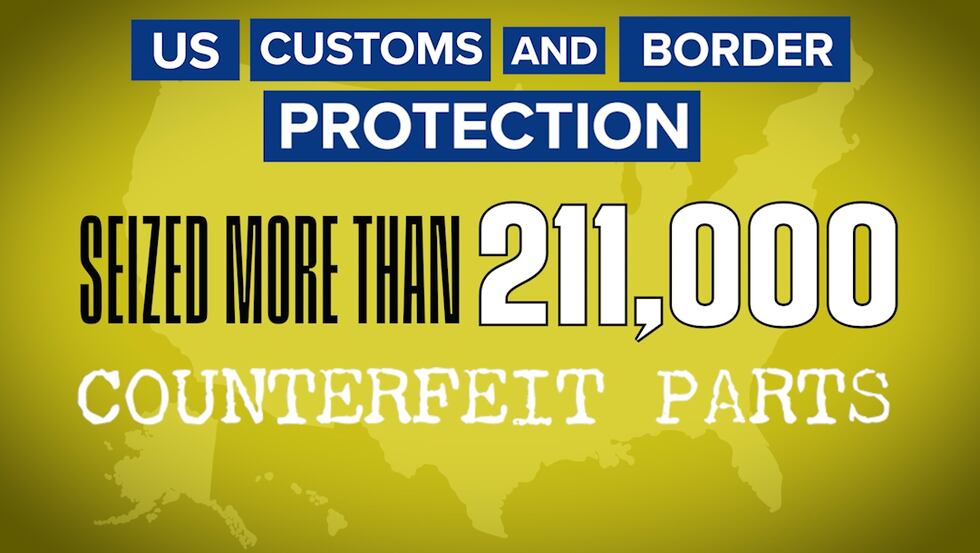
That’s where “Put the Brakes on Fakes” comes in, a new Department of Homeland Security campaign aimed at fake and faulty auto parts.
According to the U.S. Customs and Border Protection, agents seized more than 211,000 counterfeit automotive parts in fiscal year 2024, double the number seized compared to 2023. CBP agents confiscated more than 490 counterfeit airbags, more than 10 times the year before.
ALSO READ: Modern appliances just don’t last like they used to: ‘It’s about the bottom dollar’
“It’s a huge issue, I mean we run into it every day,” Prestige Auto manager Chris James said. “You don’t know where aftermarket parts are being supplied from. They could be from across borders, could be some tiny shop in the middle of the U.S. You just don’t know.”
When it comes to counterfeits, customers may not even know there is a difference.
“So, there are both composites,” said Prestige Auto owner Alex Kulinets.
Alex showed KCTV5 two radiator supports: one was OEM, the other was counterfeit.
“They may look identical but they’re not,” said Kulinets. “For some reason one of them has 150 grams worth of material less, so something must be different in them.
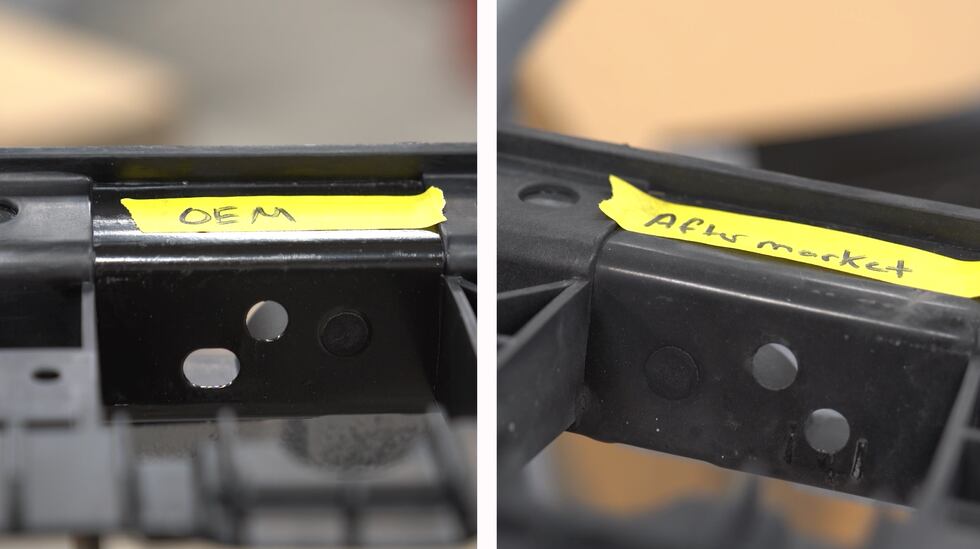
So, we asked Alex what is the big deal then?
“So there’s two sensors in them, two airbag sensors which virtually control your whole airbag system in an accident. If the part is weaker, it could make the airbag timing off. They look fine, but God forbid they get into another accident,” said Kulinets.
ALSO READ: Rural Missourians rarely have mental healthcare access. This rancher hopes to change the narrative
It’s not just the federal warning. KCTV5 looked into it and page after page, every car manufacturer has cautioned against the use of counterfeit parts.
“You don’t know really what you’re getting with these aftermarket parts because they haven’t been tested before,” said James.
As for Jacob, he has some advice for drivers who may someday end up like him, in need of a mechanic. Your car’s safety and yours depend on it.
“Just like your doctor, choose one you trust,” said Lauck.
That trust begins with knowing what’s going on in your car, making sure your shop is transparent with the parts it is using.
“It should say OEM parts on the invoice. And if it doesn’t, ask,” said James.
“If your insurance company says they’ll handle everything, that’s a red flag,” said Kulinets.
He added that you can also ask for an OEM endorsement from your insurance company.
For more KCTV5 Special Reports, click here.
Copyright 2024 KCTV. All rights reserved.

